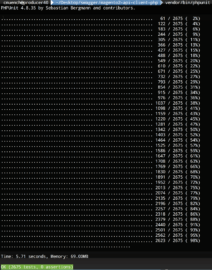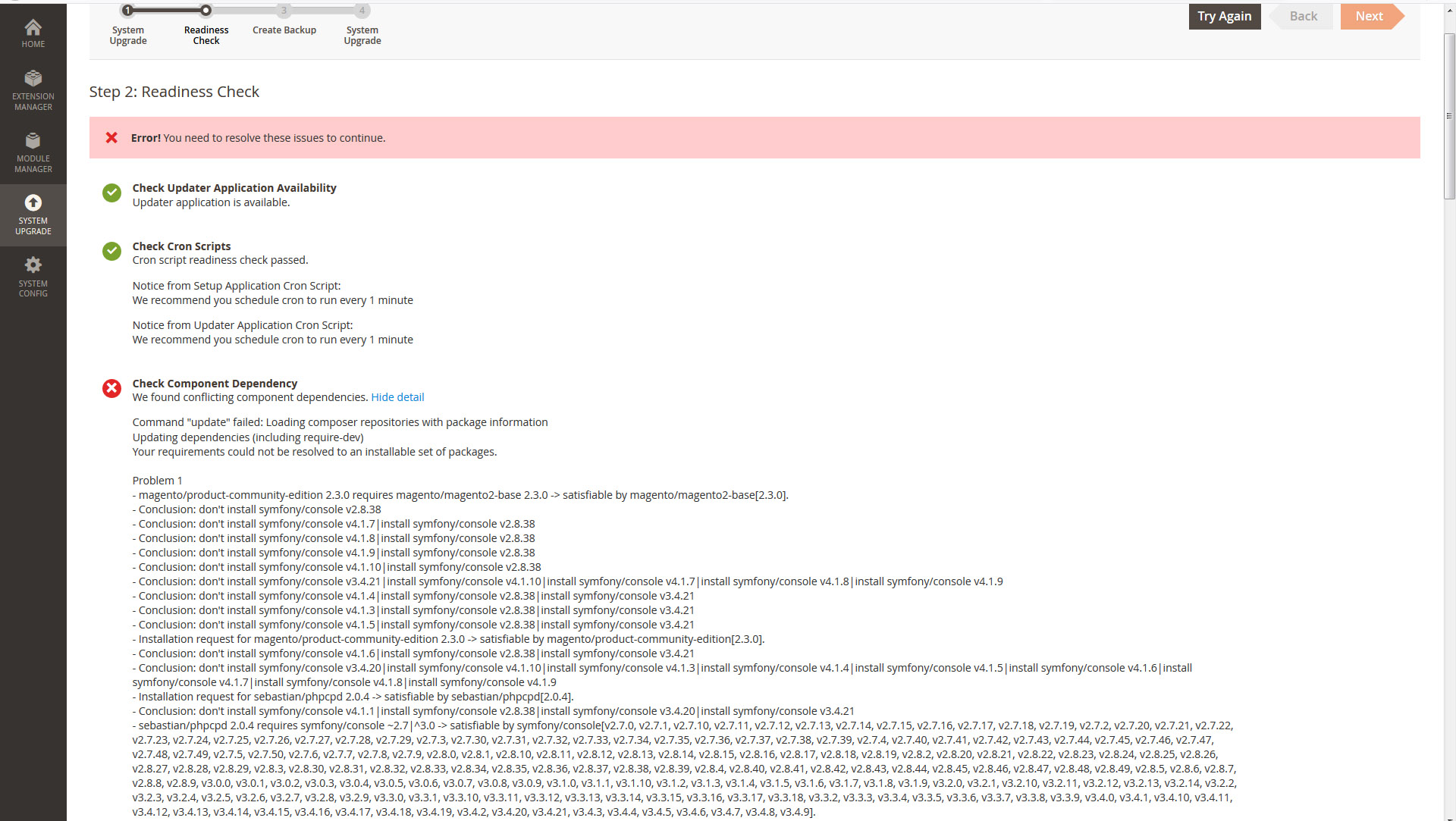

- Magento 2 devdocs setup scripts how to#
- Magento 2 devdocs setup scripts full#
- Magento 2 devdocs setup scripts software#
- Magento 2 devdocs setup scripts code#
Magento 2 devdocs setup scripts how to#
In this guide, I intend to show you how to develop your first Magento 2 module, and point you in the right direction to continue your studies. The learning curve for Magento 2, with all of these changes, has become even steeper.

Magento 2 devdocs setup scripts full#
Native integration to Varnish as a full page caching system, as well as Redis for session and cache handling. Magento 2 devdocs setup scripts code#
A series of useful design patterns adopted throughout the code, improving the code quality and decreasing probability of errors created by modules-These include automatic dependency injection, service contracts, repositories, and factories, to name a few.A richer templating system, allowing the theme developer to create an n-level template hierarchy.Modules that are really modularized, having all of their files placed under one single directory.

Unit and integration tests, including an official and documented way to create them for custom modules.Some of the improvements present in Magento 2 are:
Magento 2 devdocs setup scripts software#
Now it’s completely safe to say that Magento 2 is a much more robust piece of software than its predecessor.
Reduced number of conflicts between modules trying to customize the same functionalityĪ little over one year down the road, and the improvement is visible, even though not all of the problems mentioned have been totally solved. A more modular way to develop modules, with files contained inside the Magento code instead of being scattered all over the place. Magento 1 has been around for eight years, and its successor, Magento 2, was released at the end of 2015, improving weak points of the earlier version such as: Due to its feature rich and extensible code base, merchants with large and small operations all around the world have been using it for a wide variety of projects. S.parentNode.Magento is currently the largest open-source eCommerce platform in the world. Var s = document.getElementsByTagName( 'script') Var inc_script = document.createElement( 'script') $customer = Mage:: getModel( 'customer/customer')->load($customerId) $order_total = round($order->getGrandTotal(), 2) $order = Mage:: getModel( 'sales/order')->load($order_id) Your tracking conversion script already contains your and so just make sure to use your own Tracking Conversion Script as a basis for the code below. This is should be located in the following path: app/design/frontend/, especially if you are not using the default Magento theme.Īppend the php code below anywhere towards the end of the file. This script should be placed in the order success confirmation page. This script tracks conversion (purchases) of customers referred by your ambassadors. We suggest adding a page within the customer’s account. Copy and paste the “iframe” script located in your Incentivit account under Integration tab (Advocates Widget script) of your referral program on the dedicated page you will have added. Consult this page for Magento 1 ( ) and this one for Magento 2 ( ). Refer to this documentation for a detailed procedure. Add a new page to your customer’s account. Scenario #1 – widget displayed as an iframe on dedicated page Note that you can bypass the Register/Login widget page and automatically redirect users to the widget ambassador’s dashboard page, see this widget auto sign-in tutorial for details. This script allows you to display our widget on your Magento store so your customers can register to your referral program and share with their friends. When integrating your Incentivit referral program to your Magento website, you need to implement the following 3 different scripts. Incentivit has an easy-to-use step-by-step wizard to facilitate your referral program configuration. 
If not already done, setup your referral program through your Incentivit account.








 0 kommentar(er)
0 kommentar(er)
